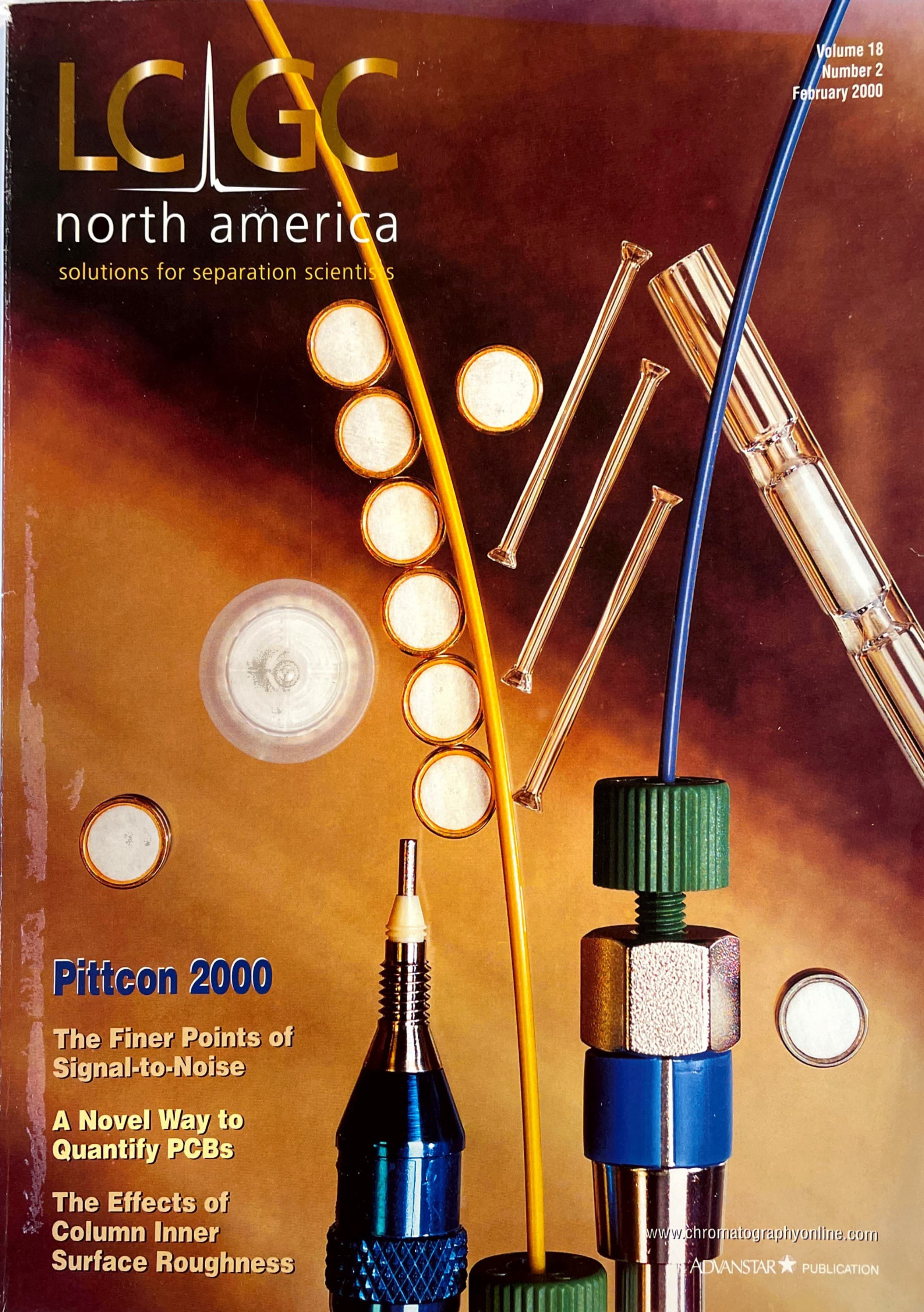The Effects of Inner Surface Roughness of Microbore Column Blanks on Column Performance
The efficiencies of microbore-2 columns, which are prepared from blanks that have a wide variety of inner surface roughness, drop sharply when the size of individual surface roughness features approaches the particle size of the packing material. The results suggest that two categories of packed column structure relate to the surface features and yield high and low efficiency columns. This installment of "Column Watch" discusses this conclusion in terms of the stability of an agglomerated layer of packing particles on the blank wall when subjected to shear forces during column packing.
LCGC 18(2), 106–117 (2000).
New Method Explored for the Detection of CECs in Crops Irrigated with Contaminated Water
April 30th 2025This new study presents a validated QuEChERS–LC-MS/MS method for detecting eight persistent, mobile, and toxic substances in escarole, tomatoes, and tomato leaves irrigated with contaminated water.
University of Tasmania Researchers Explore Haloacetic Acid Determiniation in Water with capLC–MS
April 29th 2025Haloacetic acid detection has become important when analyzing drinking and swimming pool water. University of Tasmania researchers have begun applying capillary liquid chromatography as a means of detecting these substances.
Prioritizing Non-Target Screening in LC–HRMS Environmental Sample Analysis
April 28th 2025When analyzing samples using liquid chromatography–high-resolution mass spectrometry, there are various ways the processes can be improved. Researchers created new methods for prioritizing these strategies.

.png&w=3840&q=75)

.png&w=3840&q=75)



.png&w=3840&q=75)



.png&w=3840&q=75)















